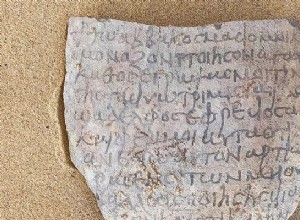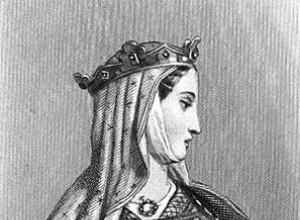With wall paintings in Greek, the members of a Norwegian-French archaeological expedition discovered in the Oasis of Baharea, what is considered to be the oldest monastic monument, perhaps not only in Egypt, but worldwide. It is a monument that has been built gradually over a period of time between




